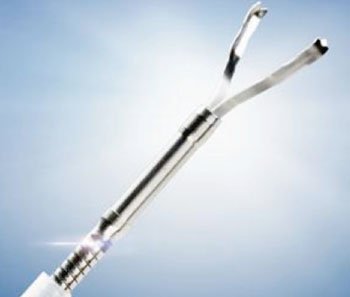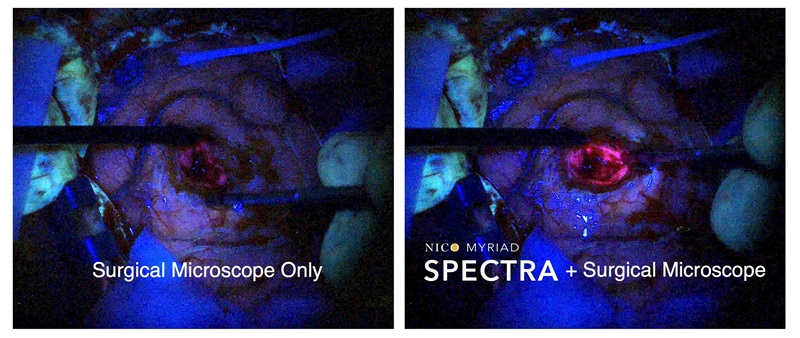New Hemostasis Clip Offers Advanced Control
By HospiMedica International staff writers
Posted on 25 Sep 2014
A new hemostasis clip for gastrointestinal (GI) endoscopy delivers both precise handling and predictable performance. Posted on 25 Sep 2014
The QuickClip Pro hemostasis clip is designed for bleeding control and defect closure during GI endoscopy procedures. Features of the device include superior rotational control to ensure precise placement and open and close capabilities for easy repositioning. The importance of the rotation ability is due to the fact that clips often do not come out of the scope in the right orientation, making it challenging to manipulate the clip to a correct angle that would successfully stop a bleed or close a defect.

Image: The QuickClip Pro hemostasis clip (Photo courtesy of Olympus Medical Systems).
The QuickClip Pro is made of materials that are stronger than stainless steel, and that have tested to remain in place for 14 days. The clips offer easier insertion, even in a fully angulated scope, and easy placement even in complex cases. Extra-durable arms offer an opening width of 11 mm to ensure that the clip can reliably cover larger areas and be placed further apart. The proprietary sheath and clip are also designed to minimize the potential for channel damage, helping reduce repair-related expenditures. The QuickClip Pro is a product of Olympus Medical Systems (Tokyo, Japan), and has been approved by the US Food and Drug Administration (FDA).
“As the pioneer in endoscopic clipping, Olympus is committed to maximizing the efficacy of mechanical hemostasis in GI endoscopy,” said Rick Harbuck, group vice president of the endoscopy division at Olympus America. “By effectively delivering more precise control and placement, QuickClip Pro clips can help facilities meet the requirements of healthcare reform aimed at improving quality of care, decreasing costs and enhancing patient satisfaction.”
“I have found the QuickClip Pro to be superior in some features to the other clips on the market," said Associate Professor Norio Fukami, MD, of University of Colorado. “In a retroflexed scope position, it can be inserted and rotated smoothly, and it is strong enough to close large defects. Tissue approximation appears smooth with less slipping. Because the clip functions well in various scope positions, it would be ideal for complex cases and accessing difficult areas.”
Endoscopic clipping is one of the simplest and most reliable hemostatic techniques, which works by mechanically binding blood vessels to minimize the risk of bleeding and damage to the surrounding tissue, while at the same time providing instant visual feedback to confirm placement. In addition to hemostasis for mucosal and submucosal defects, bleeding ulcers, arteries, polyps, and diverticula in the colon, hemostatic clips can also be used for endoscopic marking and as a supplementary method for closure of some GI tract luminal perforations.
Related Links:
Olympus Medical Systems












.jpg)

